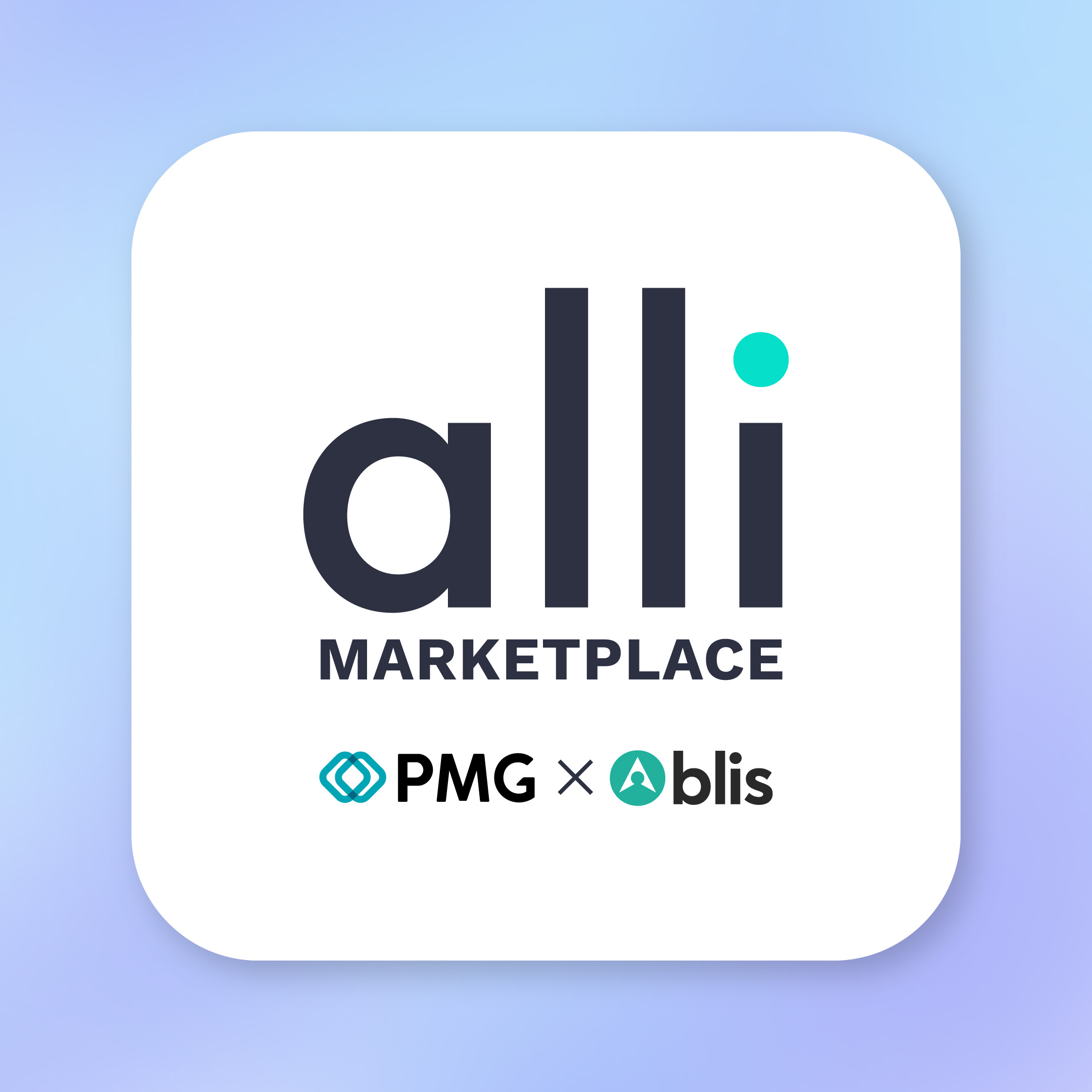In a time where disseminating messages has become easier than ever, we’ve seen a ugly trend of content that appeals to the extreme members of society. It’s obvious why a brand wouldn’t want to be associated with anything offensive, hateful or just plain false, but avoiding the occurrence has become quite the challenge. At the same time brands are leveraging partners, technology and agencies to get their messages using automation–this aids distribution, but hinders the ability to police where brand messaging pops up. Brands are left with content being distributed on thousands of digital sites, within unreviewed content and with no scalable way to provide any oversight.
The pain of this problem is felt broadly. With 37% of consumers saying their perception of a brand is altered when they see ads placed alongside offensive content, marketers are scrambling to find a happy medium. A recent study surveyed 100 CMOs and the results were conclusive – 80% have a serious concern about the safety of they brand and the content and publishers it’s associated with. Unilever’s CEO just recently addressed this issue perfectly, “Unilever will not invest in platforms or environments that do not protect our children or which create division in society, and promote anger or hate. We will prioritize investing only in responsible platforms that are committed to creating a positive impact in society.”
And Unilever isn’t alone. Last year, J.P. Morgan cut the number of websites it displayed ads on from 400,000 a month to 5,000 pre-approved websites after seeing one of its ads on an inappropriate website. According to an interview with the New York Times, the bank’s CMO Kristin Lemkau said there has been little change in both the cost of impressions or the general visibility of their ads since they started whitelisting approved ad partners.
So what’s the solution? To me it’s clear. As an industry, we need to create solutions that treat our clients’ brands as if they were our own. While Blis doesn’t address content and transparency directly within our platform, we still very much believe our third party partners must help the industry accomplish three key goals.
First, we need to build solutions that provide real ROI. The data needs to be available and accurate. We’re all better off when brands are reaching the right consumers with the right messages. Hence, our move to the CPV model.
Second, we need to incorporate brand safety protocols into the solutions we market. In the short-term, the longevity of solutions depends on it. In the long-term, so too does the future of marketing technology. Regulators are going to take years to catch up and thus it’s on us to develop a safe place for marketers to spend advertising dollars. If we can’t, they’ll find other ways to invest budgets. It’s as simple as that.
Lastly, the industry must increase focus on creating transparency to enable all parties to see exactly what’s working and what’s not. Many technology companies guard their data and methods with Fort Knox-level security, but this is starting to get under the skin of marketers. Meredith Verdone, Bank of America’s CMO recently talked about the importance of ‘making sure that we have access to the data that we think belongs to us.’ When advertisers of this size begin to speak out, the industry will be fast to change.
At Blis, we’re proud of the industry-leading level of transparency we provide and ability we have to ensure our advertising partners advertising messages are served to the right consumers, in the right place at the right time. The rest of the industry needs to get onboard with this brave new world.



